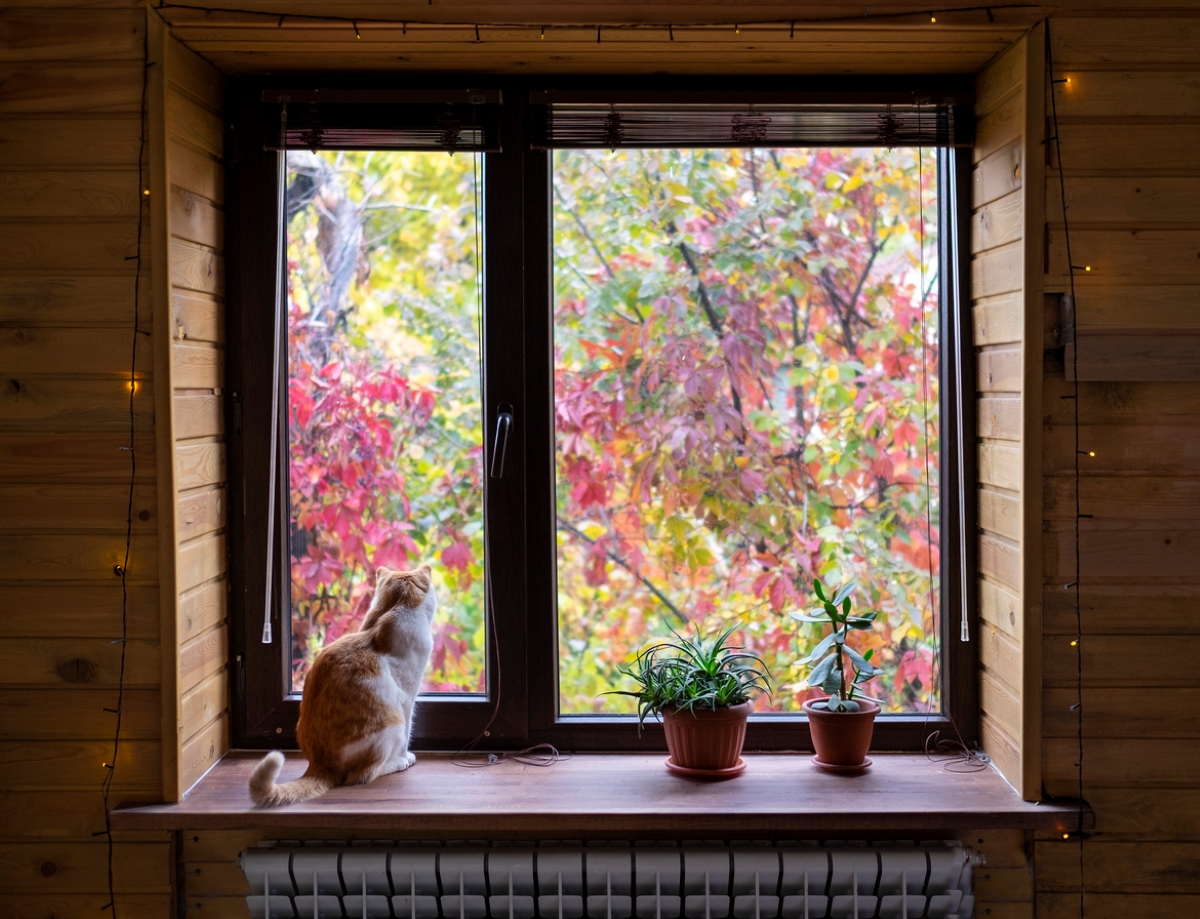

We may earn revenue from the products available on this page and participate in affiliate programs. Learn More ›
Did you know your own backyard can serve as a home weather station? Yes, you can try to predict the temperature, precipitation, and other local weather conditions just by observing aspects of nature in your backyard and beyond.
While national obsessions like Groundhog Day and folklore about cows lying down in pastures before a rainstorm might not be reliable indicators, some natural predictors are actually backed by science. For the most accurate amateur predictions, learn which nature-based weather indicators are best to believe.
Birds
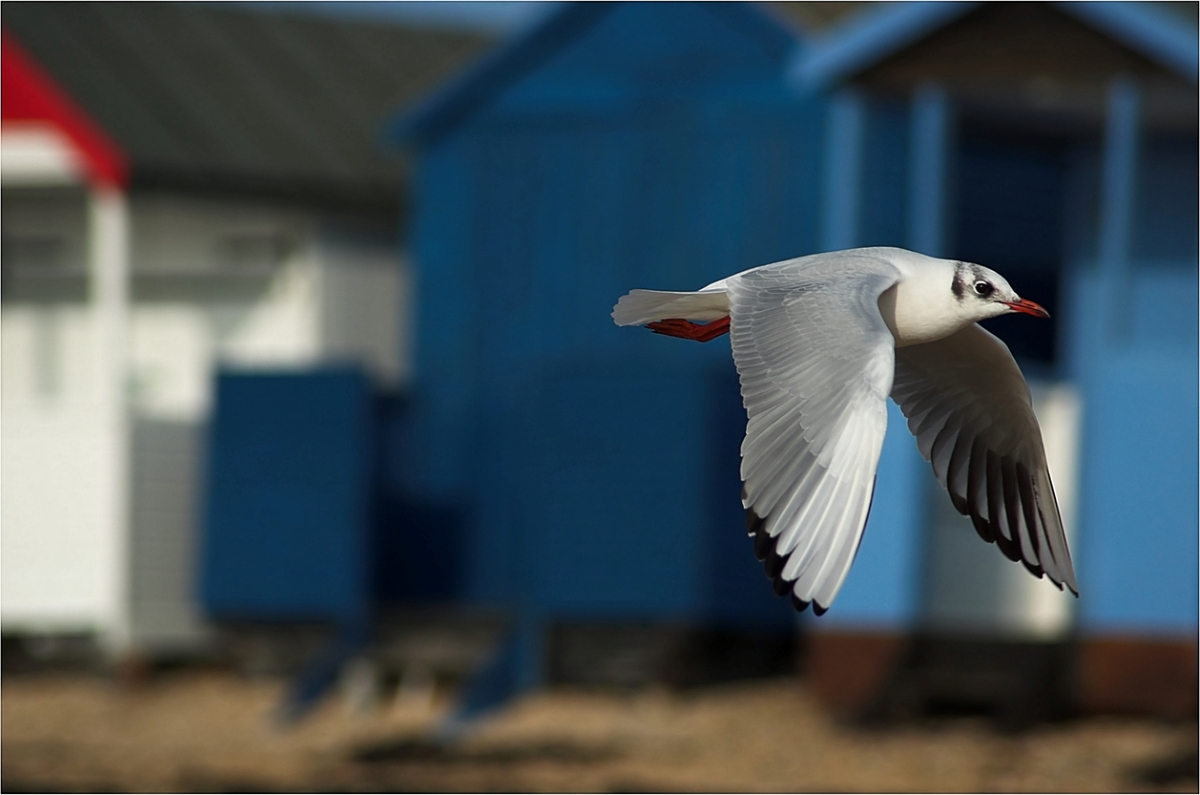
Bird activity seems to be one of the best animal-related predictors of weather, with science to back it up. They typically fly low during stormy weather and higher in pleasant weather. Birds may even get quiet and stop flying altogether when a storm is approaching. Ornithology experts believe this is because the birds can sense a change in barometric air pressure. When it drops, they know to evacuate an area because bad weather is on the way. Scientists also recently discovered that birds can hear infrasound (a low-frequency noise) coming from an approaching storm days before it begins. Both of these special senses also help birds know when it’s time to migrate.
Woolly Bear Caterpillar
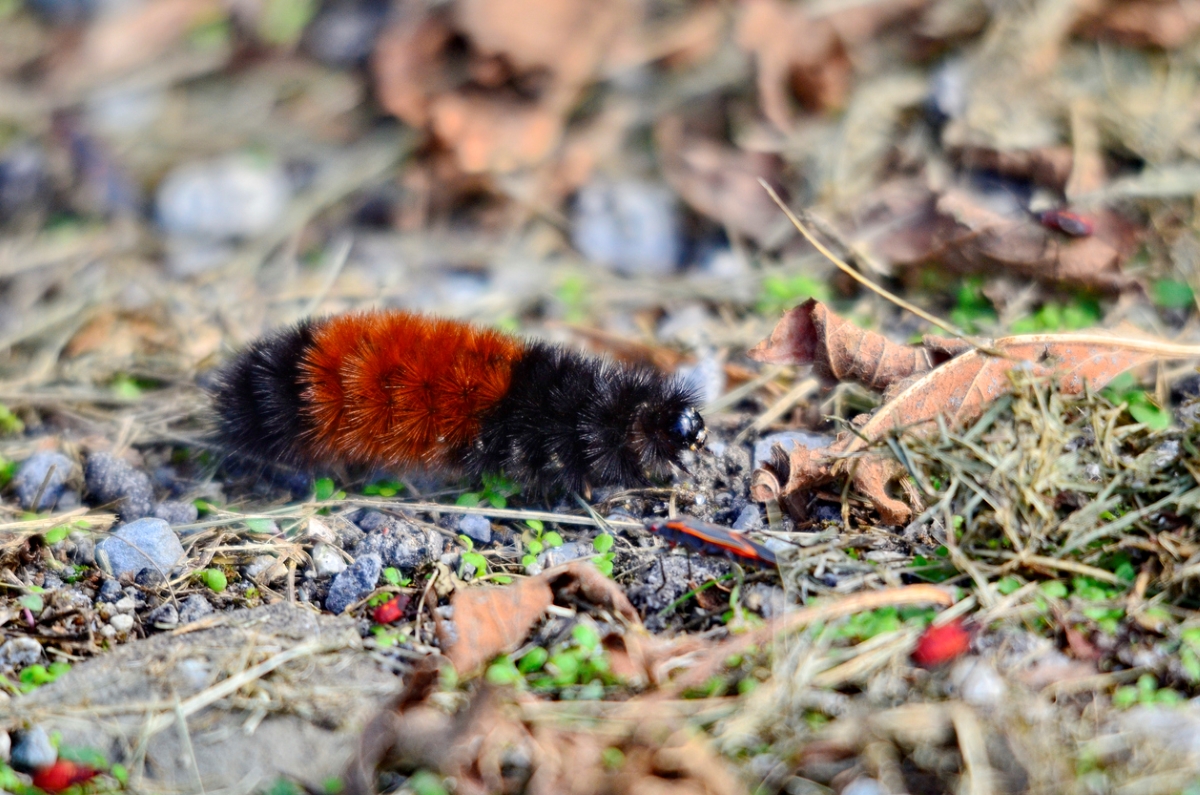
Legend has it that woolly bear caterpillars—also called woolly worms— forecast the severity of winter by the colors on their body. These insects that transform into tiger moths have 13 segments that are colored either rusty brown or black. The legend claims that the more brown they have, the milder the winter will be. However, this idea has been debunked by scientists. The colors are related to the caterpillar’s age, species, and diet, which is determined by the previous season, not the future winter. You can find these creatures during under leaves and logs or walking along a road.
Frogs
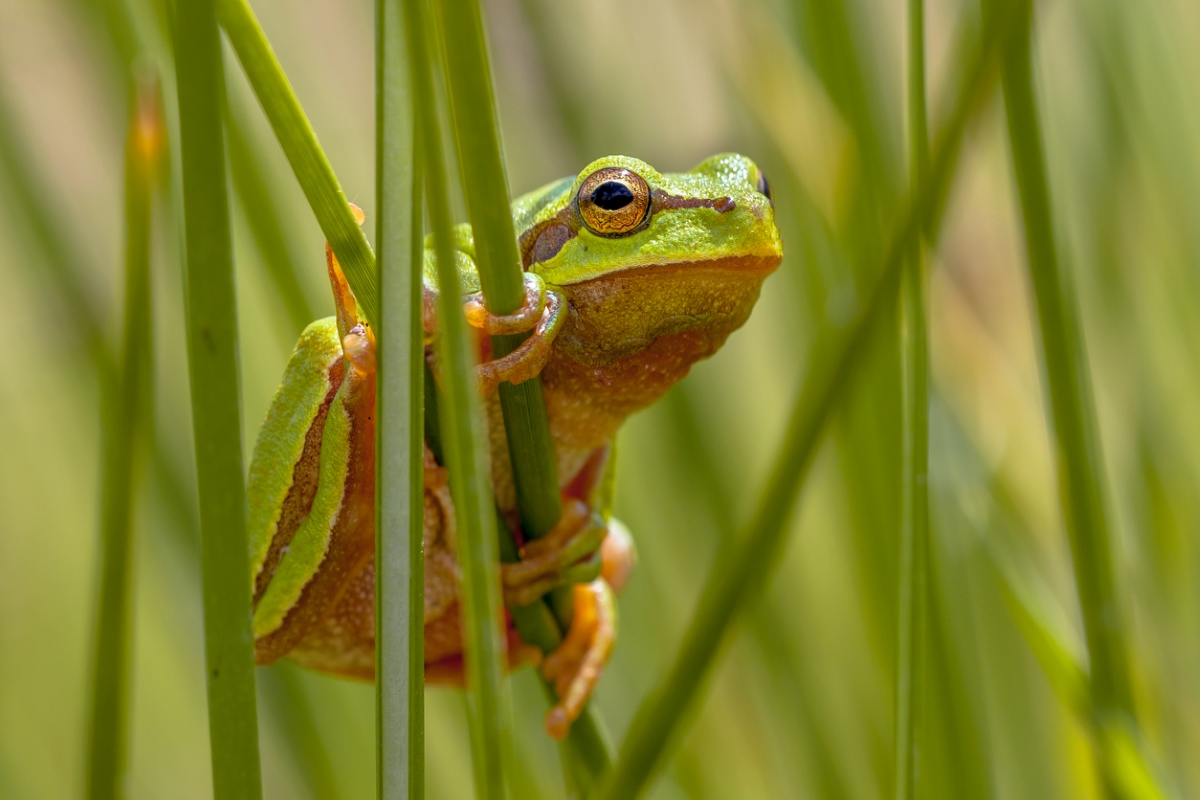
Science backs up the fact that when frogs croak loudly, it’s about to rain. Experts explain that frogs get louder and more energetic with their noise when they are about to mate. Because they lay their eggs in bodies of freshwater, they are more likely to reproduce after a rainstorm when the ground is more saturated.
Crickets
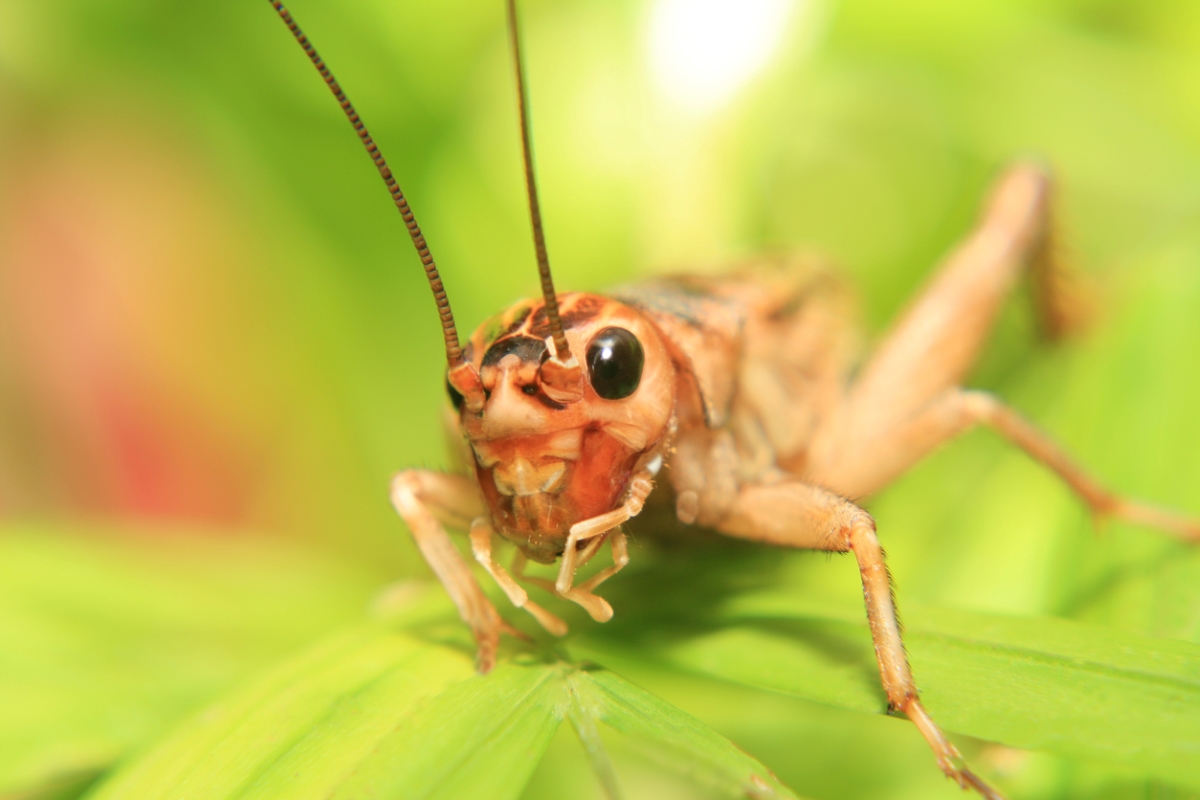
Crickets can be loud and annoying, especially when we’re trying to fall asleep at night, but their chirps can help report the temperature. The “cricket thermometer” was developed in the 1800s by scientist Amos Dolbear, who discovered the connection between the ambient temperature and the rate at which crickets chirp. This is possible because crickets are cold-blooded and take on the temperature of their surroundings. Crickets chirp by rubbing their wings together. When it is warmer, it is easier for them to move, so the chirps increase. When it is cooler, they produce less frequent sounds. Dolbear’s Law explains how to figure out the temperature: First, count the number of chirps in 14 seconds, and then add 40 to get the temperature in Fahrenheit. Take a few measurements to get an average.
RELATED: Cricket vs. Grasshopper: Which Noisy Pest Is Invading Your Home or Garden?
Ladybugs
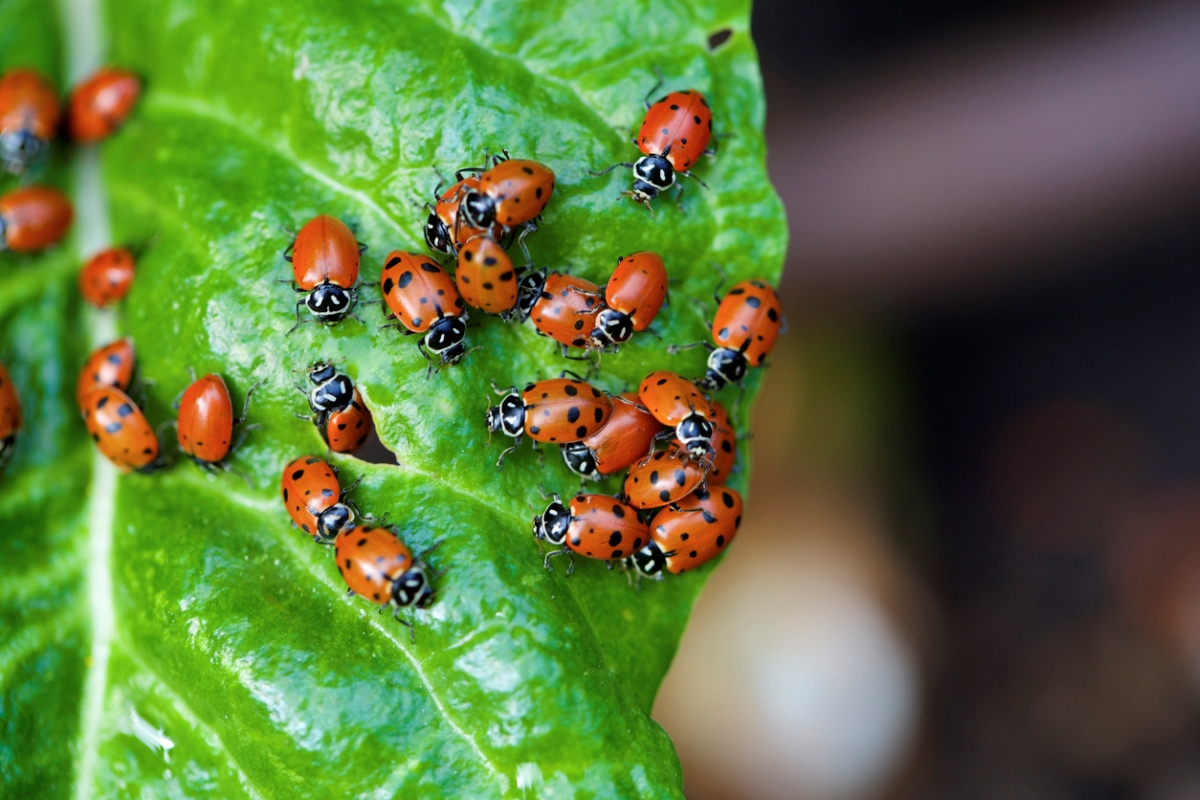
As one of the most beautiful and beloved insects, ladybugs can apparently also help predict colder temperatures. The old adage goes, “When they swarm, expect a day that’s warm.” But if you see them searching for shelter, then cold weather is approaching. As cold-blooded creatures, ladybugs hibernate in groups to stay warm, so you may also see them clumping together in sunny areas, under logs, or in sheds and garages.
RELATED: Don’t Kill These 17 Beneficial Insects in Your Garden
Bees
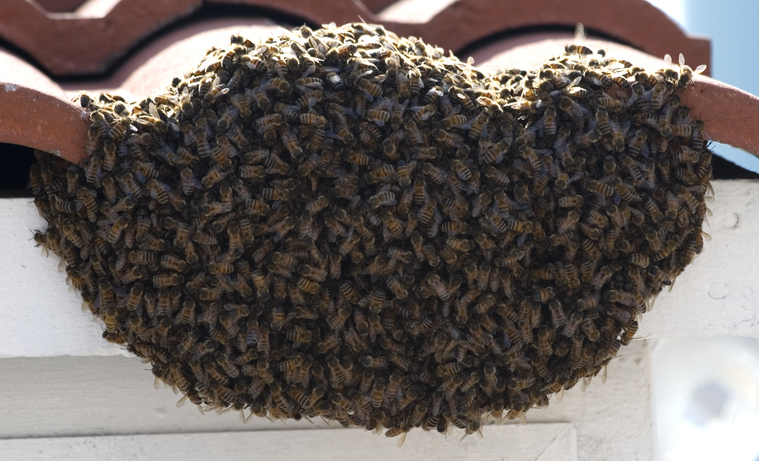
The behavior of bees can also be an indicator of weather to come. If you notice these pollinators disappearing from flower beds, then you can expect a long, cold winter on the horizon. This is also the case if bees build their nests in protected areas like inside a shed or barn. They react to cold weather by clustering together for warmth. Experts believe that bees originated in a warm climate in Africa and had to adapt when they migrated around the world to varying climates.
RELATED: How To Get Rid of Bees (Without Harming Them)
Squirrels
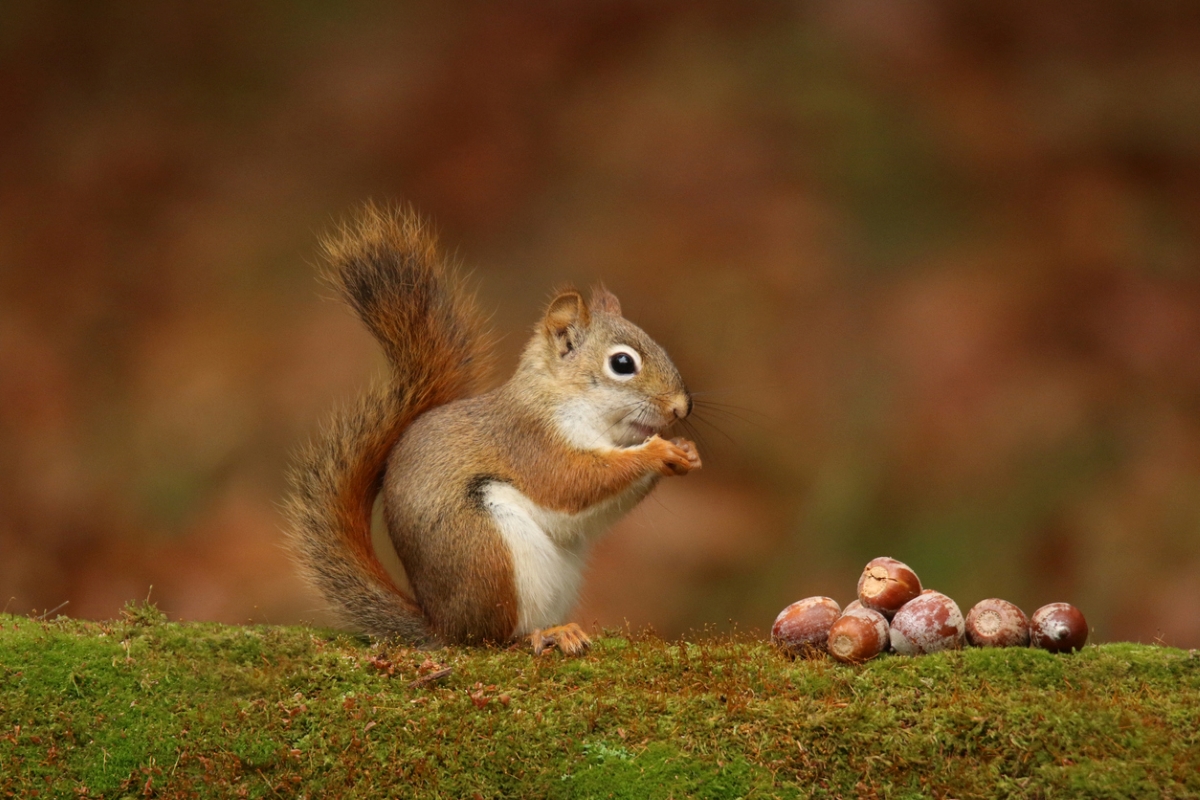
“When squirrels early start to hoard, winter will pierce us like a sword,” goes the saying. Watching the behavior of squirrels before wintertime may or may not give a clue as to how harsh the season will be. While there is no scientific evidence to back this up, it is believed that how these animals act can predict the weather. Some theories include: Very bushy tails in autumn mean a cold winter; if squirrels stash nuts high in trees, then snow will be deep; if they place nuts lower, there will be milder temperatures; if they are fatter, then it will be colder; and the faster they gather acorns, the colder the winter will be.
RELATED: Solved! How to Keep Squirrels Away from Bird Feeders
The Sky
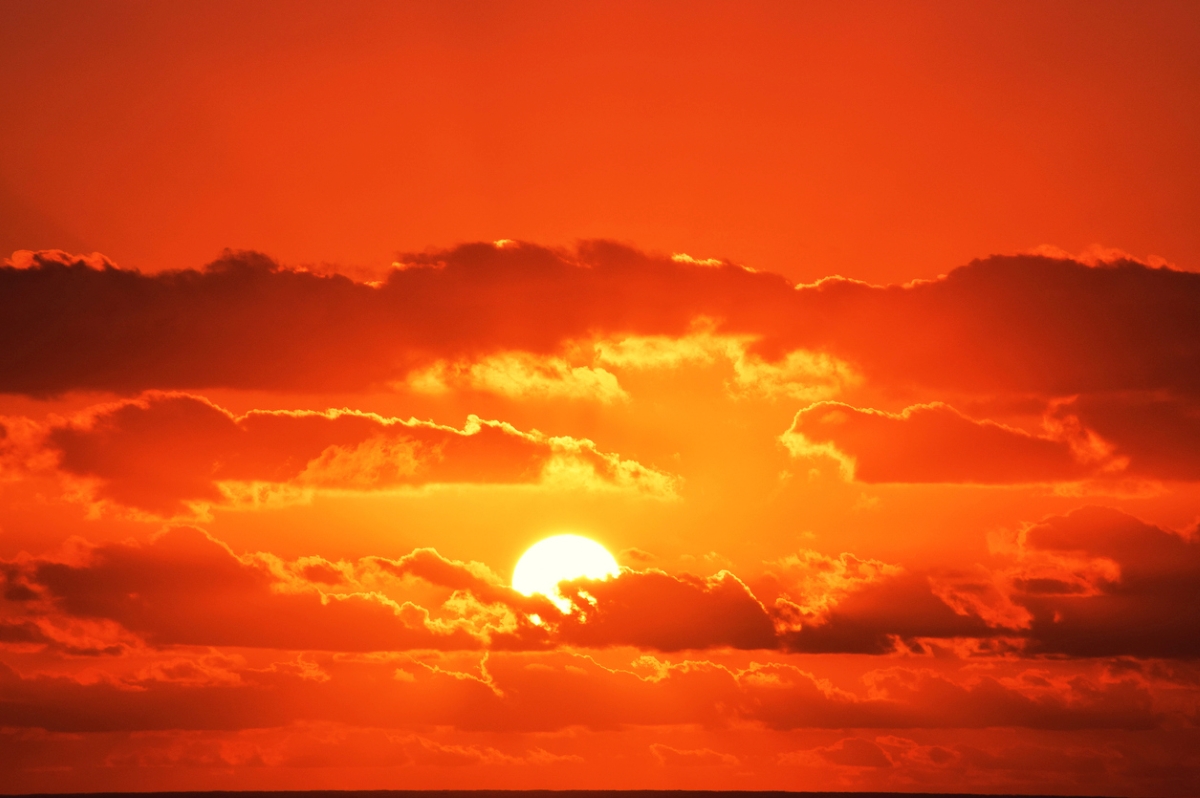
The sky can offer many clues about climate. First is the sky’s color: “Red sky in the morning, sailors take warning. Red sky at night, sailors delight.” When the sky is reddish during a sunrise or sunset, that means the sun is shining through a lot of water vapor and dust in the air. Storms in the mid-latitudes tend to move from west to east. If red tones are present in the morning, the sun is illuminating water vapor from high clouds moving in from the west, indicating that a storm is approaching. But a red sky in the evening shows that the weather has improved in the west, and no storms are on the horizon.
The height and shape of clouds can also provide information about the weather. Most people know that high and white clouds suggest a bright and sunny day, low black clouds are a sign of rain, and a gray veil in the sky means a big storm is imminent. The bottom of clouds can also help predict the weather. The more ragged the bottom of a cloud, the more likely it will rain.
The Moon

The moon is multi-faceted and powerful, able to influence ocean waves, keep humans on a monthly calendar cycle, and even help us foresee the weather. The saying, “Clear moon, frost soon,” has been around for many years. It means that if the winter sky is clear and a bright moon is shining at night, then it will be chilly the next morning. There may even be some frost. Additionally, a ring of light around the moon—known as a lunar corona—predicts a winter storm is coming. This ring is created when the moon’s light refracts and reflects through water droplets and ice crystals in the air, creating a halo.
Flowers and Leaves
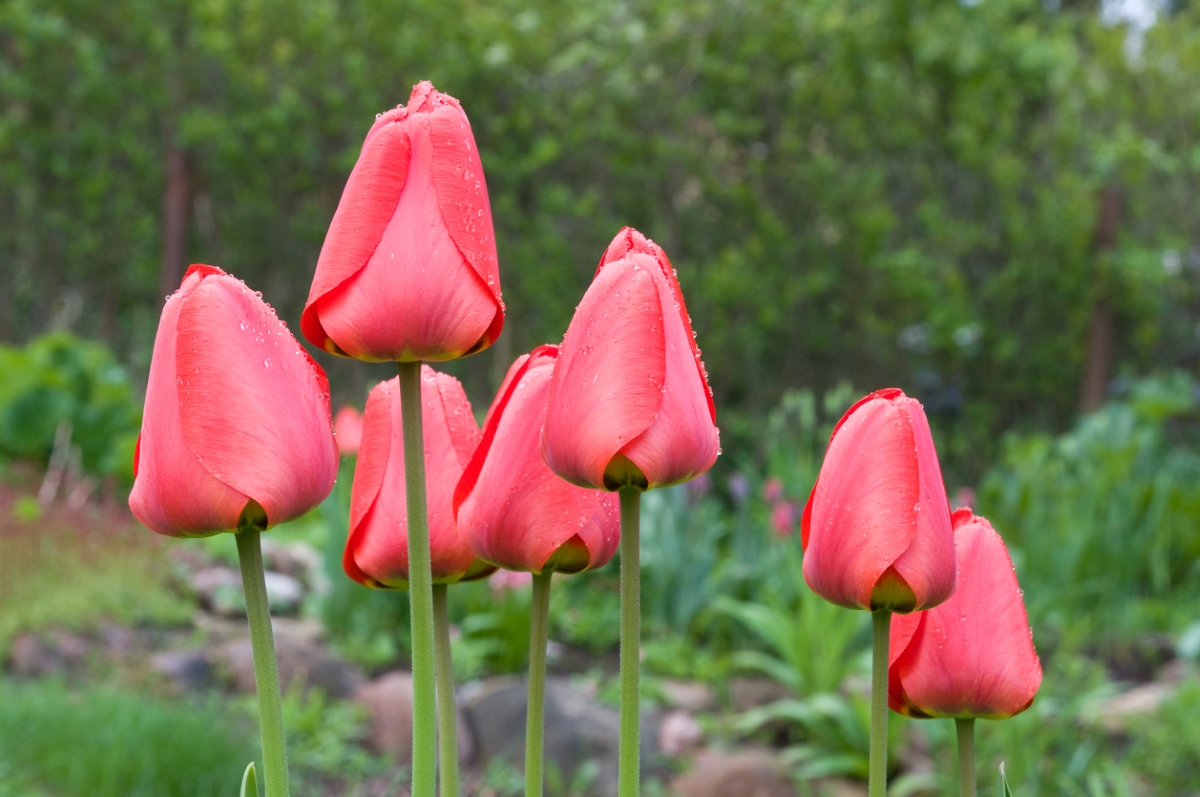
Leaves and flowers can also provide some insight into weather conditions. It’s believed that, “If leaves fall early, winter will be mild. If leaves fall late, then winter will be wild.” Also, leaves of oak or maple trees curl in response to high humidity, which could mean that rain is arriving soon.
Flowers also help predict the weather with their petals. Wide-open flowers are a sign of pleasant weather, but closed petals mean rain or other bad weather is coming. This phenomenon is called nyctinasty. Although scientists don’t completely understand it, some think that flowers shut their petals to protect pollen from becoming wet and heavy with dew. Some of the species that do this include chickweed, purple sandwort, scarlet pimpernel, African marigold, morning glory, tulip, dandelion, succory, white water lily, wintergreen, and wood sorrel.
RELATED: 15 Fascinating Flowers That Bloom Only at Night
Grass
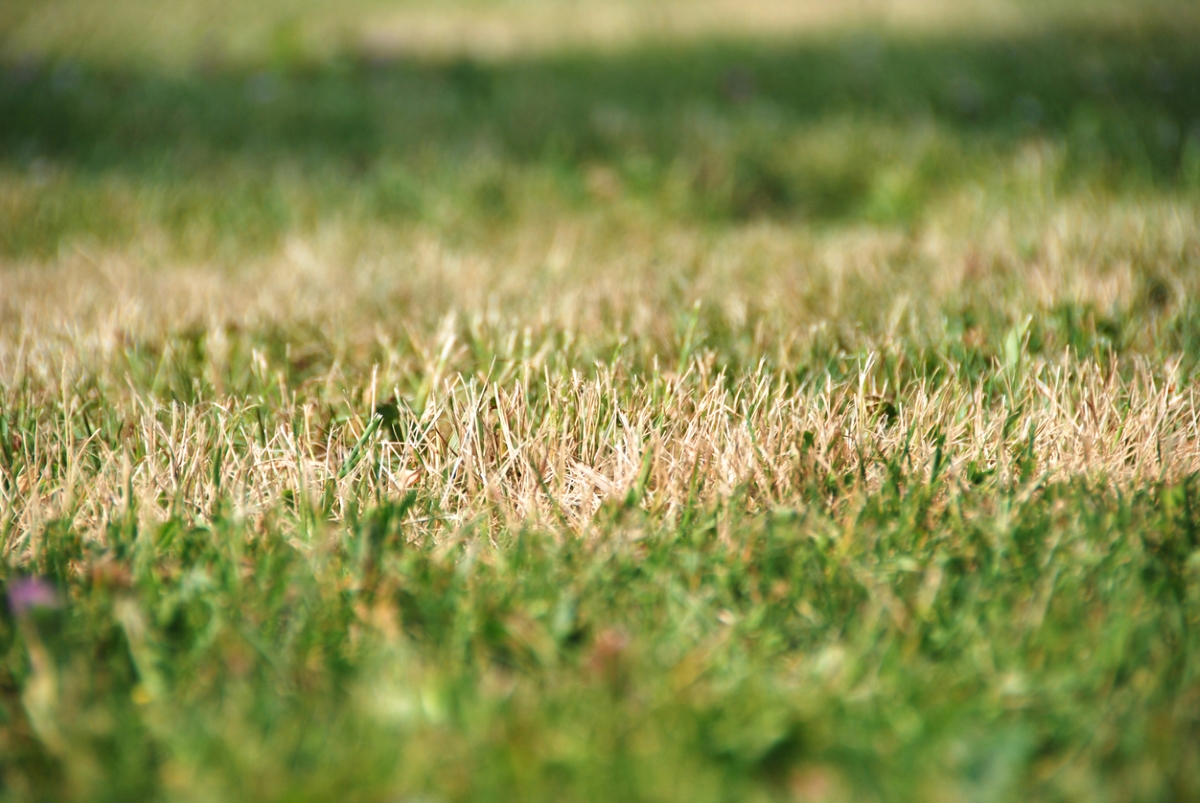
This one is simple. If there is dew on the grass at sunrise, then clear weather is expected for several hours. However, if the grass is dry, then rain is probably on its way. The dew found on grass is linked to how cloudy it was the previous night. A clear sky allowed the ground to cool, sending warm air flowing up toward the sky, often forming dew. Cloudcover, however, would have prevented the ground from releasing heat. The old saying goes, “When dew is on the grass, rain will never come to pass. When grass is dry at morning light, look for rain before the night.”
RELATED: Can You Mow Wet Grass?
Pinecones
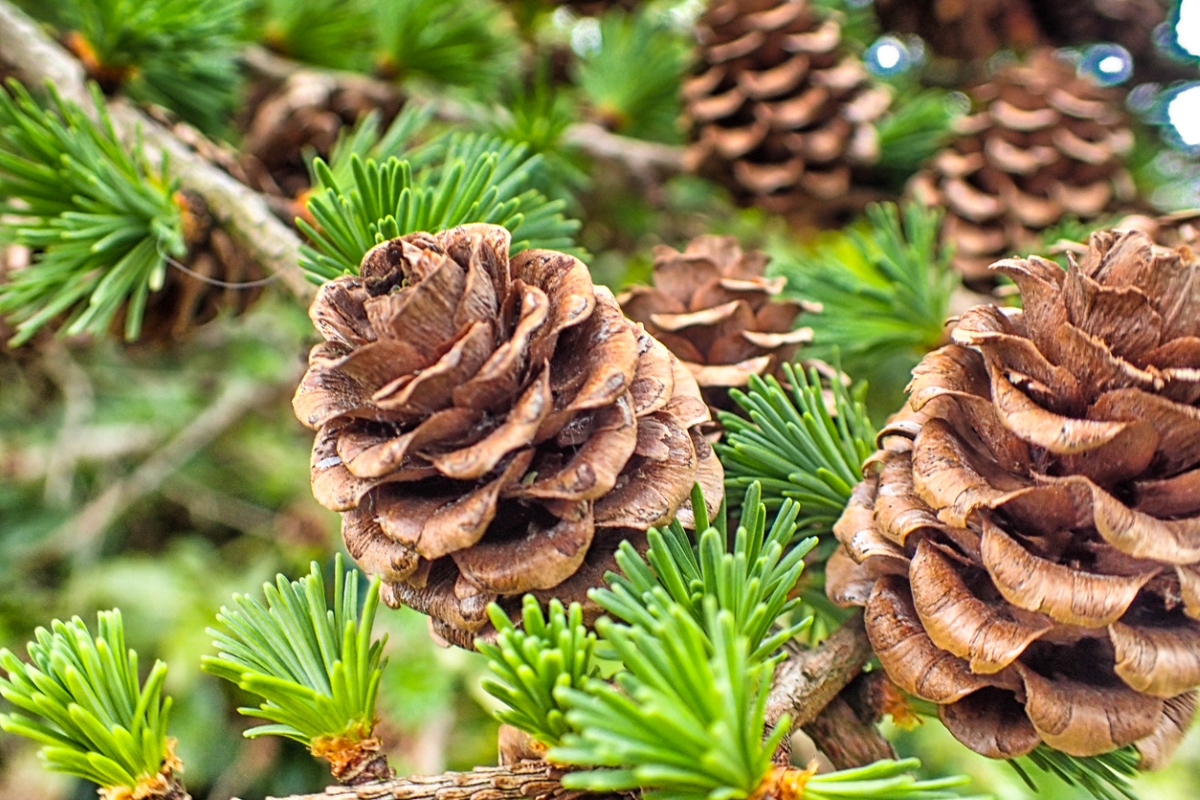
Who needs a weather vane when there are pinecones? They depend on wind and dry air to disperse their seeds, which is related to humidity levels. When the air is warm and dry, pinecones open their scales to let the seeds out, as they’ll have a better chance of landing on fertile soil. On the other hand, when the air is cold or damp, they close up to protect the seeds. So, if a pinecone’s scales are open, expect calm, dry weather. Just remember, “Open pine, weather’s fine.”
